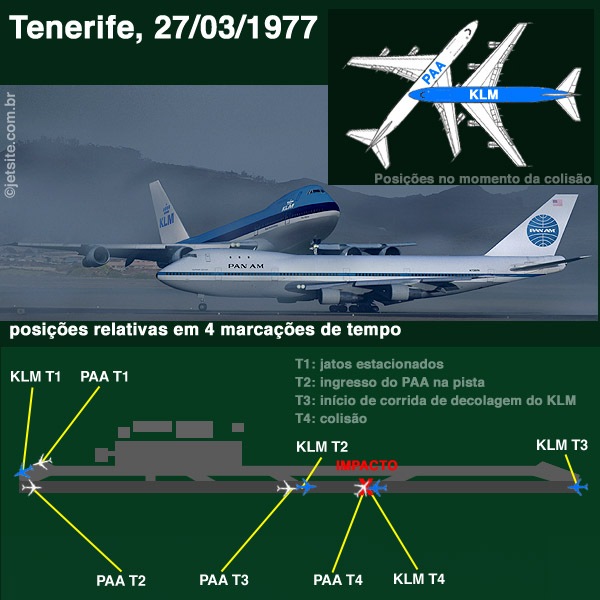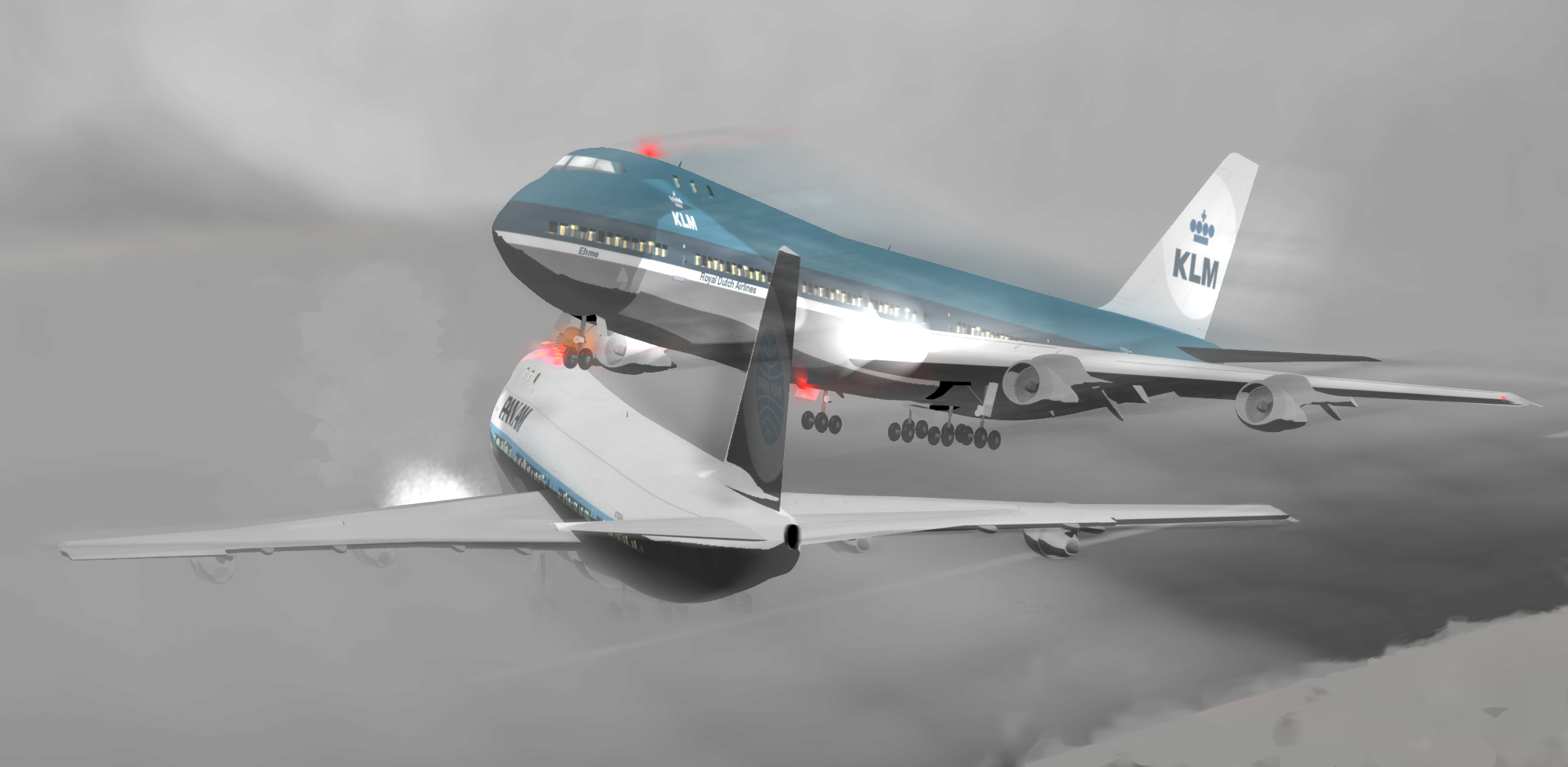Tenerife airport chaos has become a significant topic of discussion in the aviation industry, drawing attention from travelers, experts, and stakeholders alike. This issue not only affects passengers but also highlights the vulnerabilities within airport infrastructure and management systems. The chaos at Tenerife airport is a wake-up call for airports worldwide to reevaluate their operational efficiency and emergency preparedness.
Tenerife airport chaos has been attributed to a variety of factors, including overcrowding, weather disruptions, technical issues, and human errors. These events have resulted in widespread delays, cancellations, and frustration among travelers. Understanding the root causes and potential solutions is essential for ensuring smoother operations in the future.
In this article, we will delve into the details of the Tenerife airport chaos, exploring its causes, impacts, and strategies for improvement. By examining real-world data, expert opinions, and case studies, we aim to provide valuable insights for travelers, aviation professionals, and policymakers. Let's begin by understanding the broader context of this issue.
Read also:Exploring Caldwell County Schools A Comprehensive Guide To Education Excellence
Table of Contents
- Introduction to Tenerife Airport Chaos
- Historical Context of Tenerife Airport
- Main Causes of Tenerife Airport Chaos
- Impact on Passengers and Economy
- Airport Management Challenges
- Role of Technology in Mitigating Chaos
- Proposed Solutions for Tenerife Airport Chaos
- Case Studies: Lessons from Other Airports
- Future Outlook for Tenerife Airport
- Conclusion and Call to Action
Introduction to Tenerife Airport Chaos
Tenerife airport chaos refers to the recurring disruptions and operational challenges faced by Tenerife South Airport (TFS) and Tenerife North Airport (TFN). These airports, located on the island of Tenerife in the Canary Islands, are vital hubs for tourism and commerce. However, over the years, they have experienced numerous incidents that have disrupted passenger journeys and raised concerns about their capacity and management.
Why Tenerife Airport Matters
Tenerife's airports serve millions of travelers annually, making them some of the busiest in Spain. The island's popularity as a tourist destination means that any disruption at these airports has a significant ripple effect on the local economy and the travel industry. Understanding the complexities of Tenerife airport chaos is crucial for maintaining the island's appeal as a premier vacation spot.
Historical Context of Tenerife Airport
Tenerife South Airport, also known as Reina Sofía International Airport, opened in 1978 following the tragic Tenerife airport disaster of 1977. This disaster, one of the deadliest aviation accidents in history, underscored the importance of airport safety and infrastructure development. Over the decades, Tenerife's airports have undergone several expansions and upgrades to accommodate growing passenger numbers.
Key Milestones in Tenerife Airport Development
- 1978: Opening of Tenerife South Airport
- 1990s: Expansion projects to handle increased traffic
- 2010s: Introduction of advanced security and passenger processing systems
Main Causes of Tenerife Airport Chaos
The chaos at Tenerife airport is a result of multiple interconnected factors. These include:
Overcrowding and Capacity Issues
Tenerife's airports often operate at or near full capacity, especially during peak tourist seasons. This strain on resources can lead to bottlenecks in passenger processing, baggage handling, and aircraft scheduling.
Weather Disruptions
The Canary Islands' unique climate, characterized by strong winds and occasional fog, can significantly impact airport operations. Weather-related delays are a common contributor to the chaos experienced at Tenerife airports.
Read also:Exploring The Life And Achievements Of Zoe Grace Quaid A Rising Star
Technical Failures
Technical issues, such as equipment malfunctions or software glitches, can further exacerbate the situation. These problems often result in prolonged delays and cancellations, frustrating passengers and straining airport staff.
Impact on Passengers and Economy
The consequences of Tenerife airport chaos extend beyond mere inconvenience for travelers. The economic impact on the island and its tourism industry is substantial.
Passenger Experience
Delays, cancellations, and lost luggage are just a few examples of how passengers are affected by airport chaos. The stress and financial burden imposed on travelers can deter future visits to the island.
Economic Implications
Tenerife's economy relies heavily on tourism, with the airports serving as gateways for visitors. Any disruption in airport operations can lead to a decline in tourist arrivals, affecting businesses across the island.
Airport Management Challenges
Managing large-scale airports like those in Tenerife requires a delicate balance of resources, personnel, and technology. However, several challenges hinder effective management:
Resource Allocation
Ensuring that staff, equipment, and facilities are adequately allocated during peak periods is a significant challenge. Poor resource management can lead to inefficiencies and increased chaos.
Coordination with Airlines
Effective communication and collaboration between airport authorities and airlines are essential for smooth operations. Any breakdown in this relationship can contribute to the chaos experienced at Tenerife airports.
Role of Technology in Mitigating Chaos
Advancements in technology offer promising solutions for addressing Tenerife airport chaos. Implementing innovative systems can enhance operational efficiency and passenger experience.
Automation and AI
Automated processes, such as self-service check-in kiosks and AI-driven scheduling systems, can significantly reduce wait times and improve overall efficiency.
Data Analytics
Leveraging data analytics to predict and mitigate potential disruptions can help airports stay ahead of issues before they escalate into chaos.
Proposed Solutions for Tenerife Airport Chaos
To address the recurring issues at Tenerife airports, several strategies can be implemented:
Infrastructure Upgrades
Investing in infrastructure improvements, such as expanding terminal facilities and enhancing baggage handling systems, can help alleviate capacity constraints.
Enhanced Training and Staffing
Providing comprehensive training for airport personnel and ensuring adequate staffing levels can improve operational efficiency and response times during disruptions.
Case Studies: Lessons from Other Airports
Examining successful practices from other airports can provide valuable insights for Tenerife. For example:
Heathrow Airport's Resilience Strategy
London Heathrow Airport has implemented a robust resilience strategy that includes contingency planning and real-time monitoring systems. These measures have significantly reduced the impact of disruptions.
Singapore Changi Airport's Innovation
Singapore Changi Airport is renowned for its innovative approach to passenger experience, utilizing cutting-edge technology to streamline operations and enhance customer satisfaction.
Future Outlook for Tenerife Airport
As Tenerife continues to grow as a tourist destination, its airports must adapt to meet the evolving demands of travelers. By embracing technology, investing in infrastructure, and fostering collaboration, Tenerife can transform its airports into models of efficiency and excellence.
Long-Term Vision
The long-term vision for Tenerife airports should focus on sustainability, innovation, and passenger-centric services. These goals align with global trends in aviation and position Tenerife as a leader in the industry.
Conclusion and Call to Action
In conclusion, Tenerife airport chaos is a multifaceted issue that requires a comprehensive approach to resolve. By understanding its causes, impacts, and potential solutions, stakeholders can work together to create a more efficient and resilient airport system. We invite readers to share their thoughts and experiences in the comments section below. Additionally, consider exploring other articles on our site for more insights into the aviation industry.
References:
- ICAO (International Civil Aviation Organization) - Aviation Safety Reports
- Eurocontrol - European Aviation Traffic Statistics
- World Tourism Organization - Tourism Impact Studies

